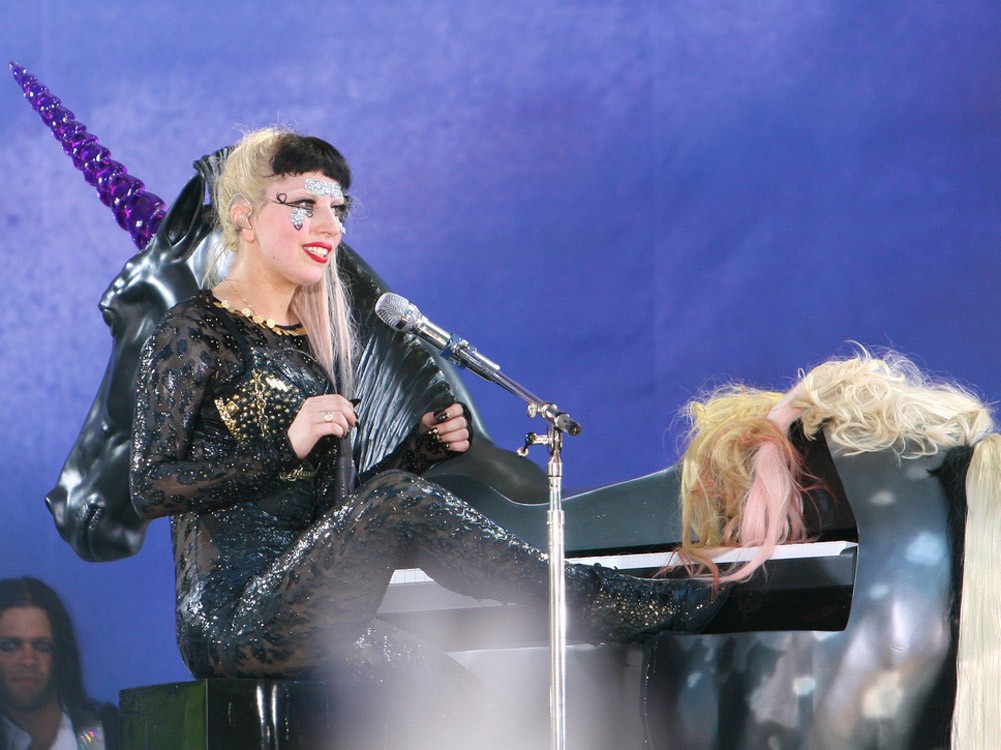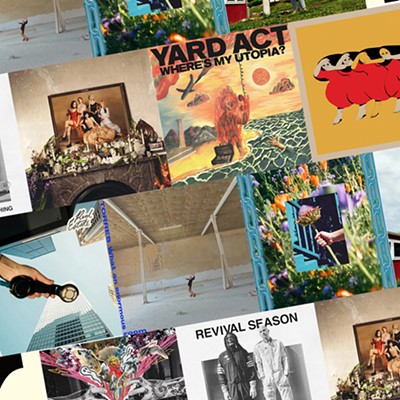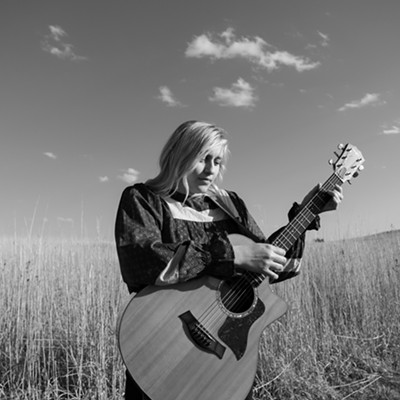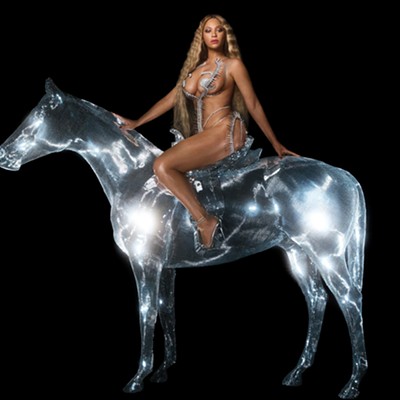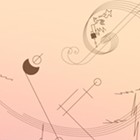It's hard to listen to mainstream music and pick out what our present-day sound is. The airwaves are all over the place. Sometimes you’ll come across a twangy acoustic guitar alongside a yowling folk singer — the kind of stuff that would seem natural on Pa’s porch way back when. Other times, a bouncing synth takes you on an electronic journey back to the days of hairspray and Spandex, when pop was the ruler of all. Mostly, the radio is overtaken with interpretations of the basics: loud guitars, angsty vocals — proving that alternative rock will never die.
The last major style to enter the realm of popular music was rap, and even that happened way back in the ’80s. Which leaves me wondering: Who will be the musical champions for our youth? In 30 years, what will be the sound that defines today?
I first heard Edward Sharpe and the Magnetic Zeroes on an episode of Community. I pictured them in an array of beards and hats. Their sound was so familiar — how, in my 24 years, had I never heard them before?
I picked some of the lyrics out and Googled them. This accordion-wielding band had just released their first album last year. And yet, somehow, it wasn’t a stretch to imagine them opening for Bob Dylan at a festival full of hippies, mud pits and folk musicians. I learned that they — along with Mumford and Sons and Two Gallants — are the vanguard of bringing the 1960s sound to today’s listener.
Back in the 1980s, Madonna made the older generations nervous. They couldn’t believe how popular this weirdo was getting, with her conical bras and counter-culture sass. But the world didn’t implode then, so I’m not sure why people continue to get nervous when someone like Lady Gaga comes around. Sure, Gaga is a talented singer and gets to wrap herself in meat dresses because she writes catchy pop music that sounds great in the club. But she isn’t the first to have an obscure fashion sense and get away with it because she’s a pop star.
Madonna emerged around the time that the Cars and Duran Duran were popular. They had an electronic sound that was distinctive to the ’80s, and it dictated the decade’s rock sound. MGMT has used the synth to their advantage in the same way, their rise to success based almost solely on their hit “Electric Feel” — a song that, for a summer, was the soundtrack to every commercial, movie and TV show. I couldn’t get away from their sound — and then I heard Of Montreal and STRFKR, who are also resurrecting the ’80s sounds.
The 1990s brought back a more basic sound. Keyboardists and tambourine-smackers were out. Bands like Nirvana, Oasis and Weezer reintroduced guitars, bass and drums to rock music. They blended screaming with pop, giving rock music a slight edge. And today, bands like Cage the Elephant are doing the quiet-to-loud dynamic, while Brits like the Arctic Monkeys and the Kooks are taking a cue from Oasis and Blur.
The last new style of music to break into the mainstream happened over 30 years ago, when the Sugarhill Gang released “Rapper’s Delight” in 1979. Soon, Run-D.M.C. and Biz Markie were on the radio. And then came N.W.A., whose gansta rap infused the genre with hostility and anger. They’ve influenced some of the more popular acts today, like Eminem, Kanye West and Jay-Z.
The latest twist in hip-hop is the “robot voice.” West used this effect on his 808s and Heartbreak album, filling 12 songs with dull auto-tuning instead of what he’s good at. I’m hoping this is a passing fad, like 3D movies, but there are two more Avatars coming out.
Internet technology has given us more access to music than ever before. I can listen to whatever song I desire at any time I choose. But as songs and styles repeat themselves, I find that, as a listener, I’m trying to differentiate between cheap knock-offs and groundbreaking acts.
In 30 years, we’ll either be seen as a generation of choice and variety, or one of indecision and short attention spans.
Photo courtesy of Flickr Creative Commons user TJ Sengel

